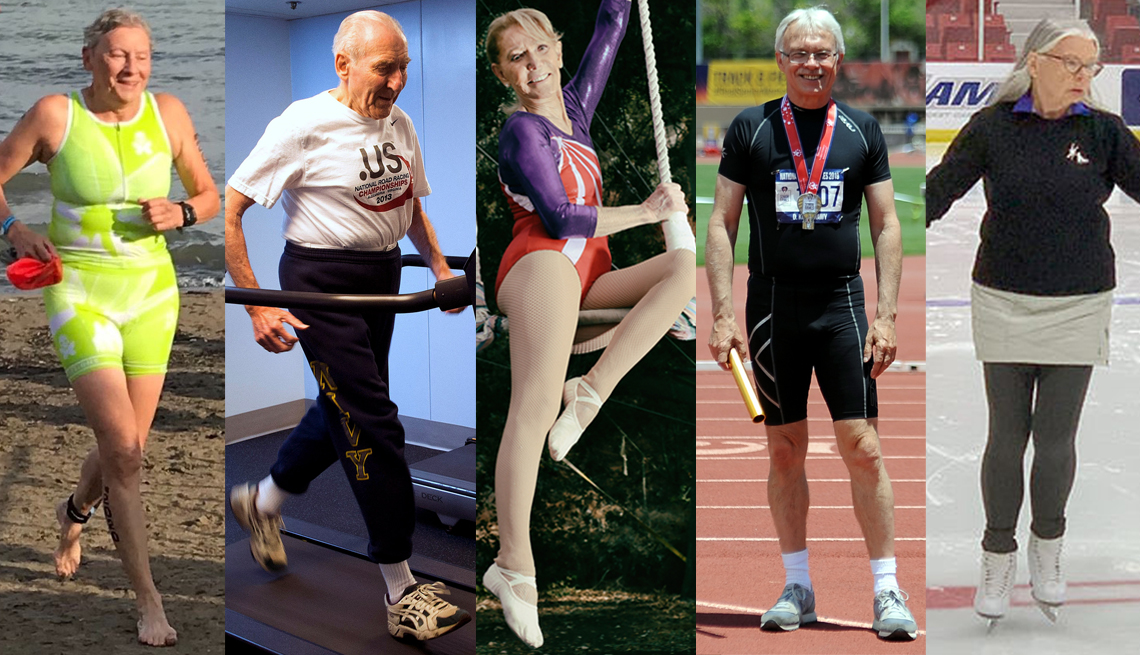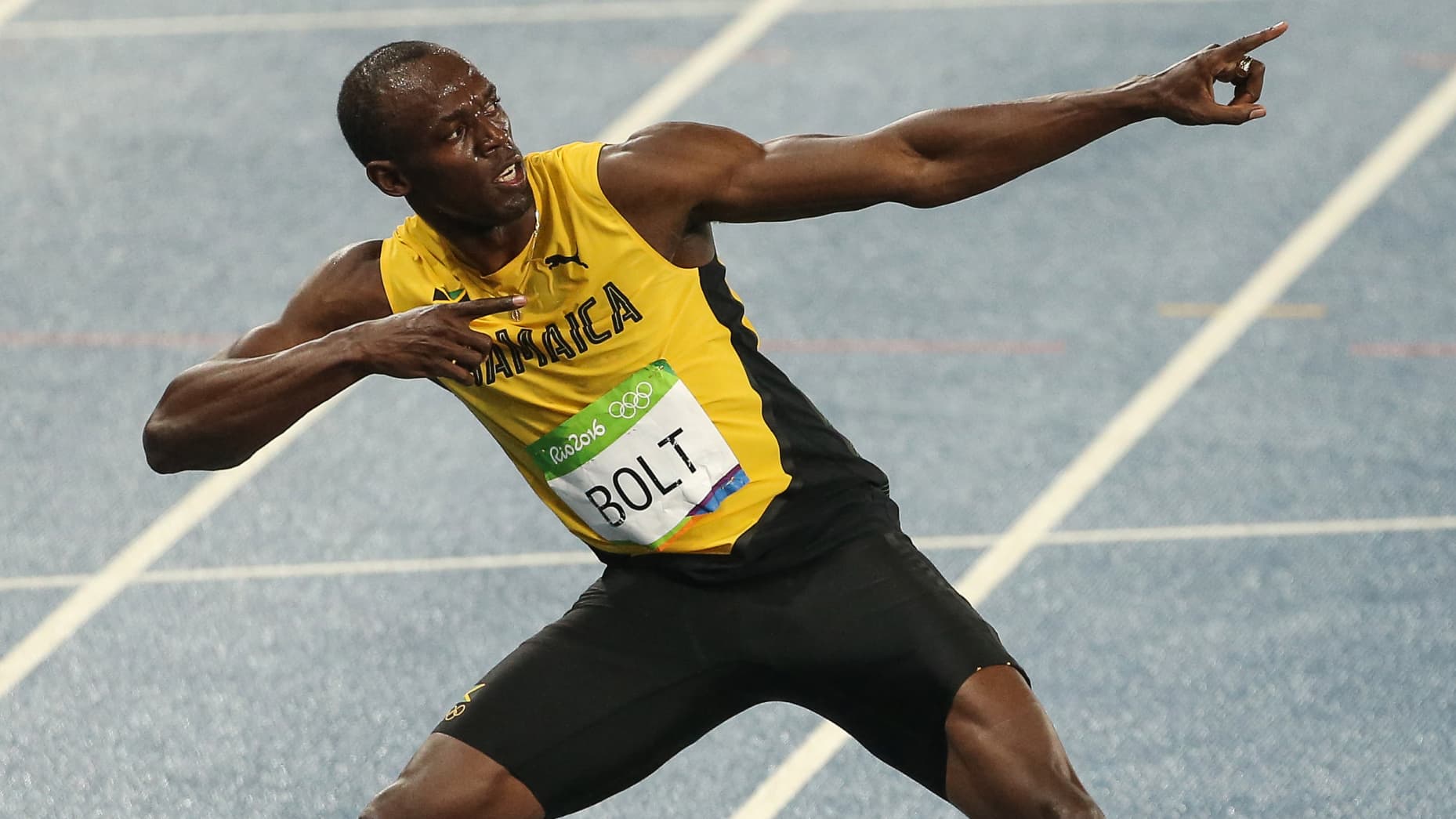Rising with Technology: 18 Game-Changing Sports Milestones That Shaped Athletic History
The intersection of sports and technology has always been a fascinating arena. From the early days of sports, where rudimentary tools were used, to the present day where technology is an integral part of every sport, the journey has been incredible. This article traces the athletic arc, mapping the rise of technology through the years in 18 impactful sports milestones. Each section deeply explores its theme and logically connects with the others, providing a comprehensive understanding of the topic.
The Inception of Stopwatch (1850s)

The invention of the stopwatch in the 1850s marked the first significant intersection of sports and technology. Before this, timekeeping in sports was largely unreliable and inconsistent. The stopwatch brought precision and fairness to sports, especially in racing events, setting the stage for the technological advancements to come.
Electric Scoreboard (1908)

The introduction of the electric scoreboard in 1908 was a game-changer. It allowed spectators to keep track of scores and time in real-time, enhancing the overall experience of watching a game. This technology has evolved over the years, with modern scoreboards providing a plethora of information, including player statistics and instant replays.
Photo Finish Camera (1948)
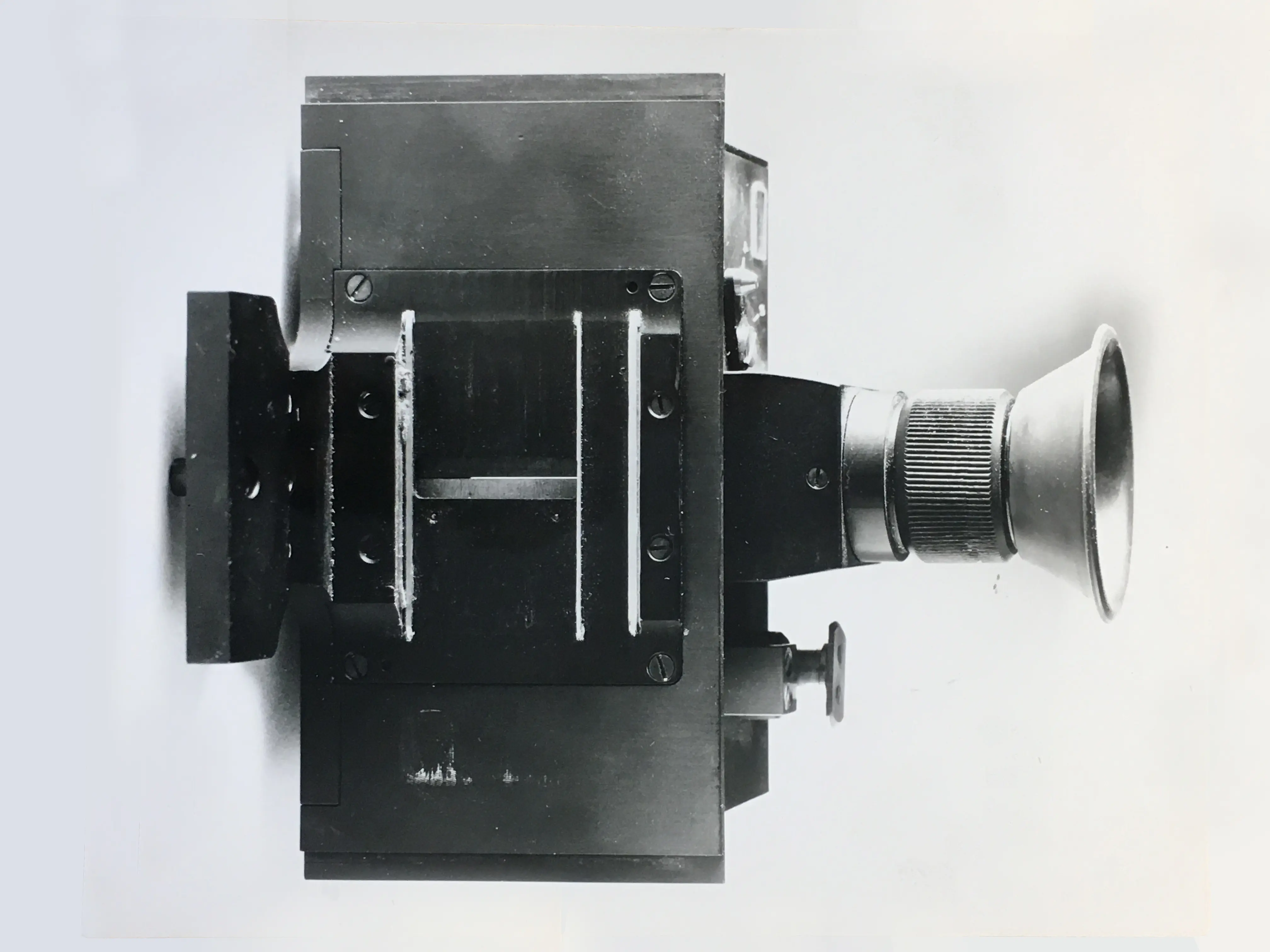
The photo finish camera, introduced in the 1948 Olympics, revolutionized determining finishes in close races. This technology ensured fairness and accuracy, eliminating human error in judging close finishes. The photo finish camera has since become a staple in all racing sports.
Instant Replay (1963)
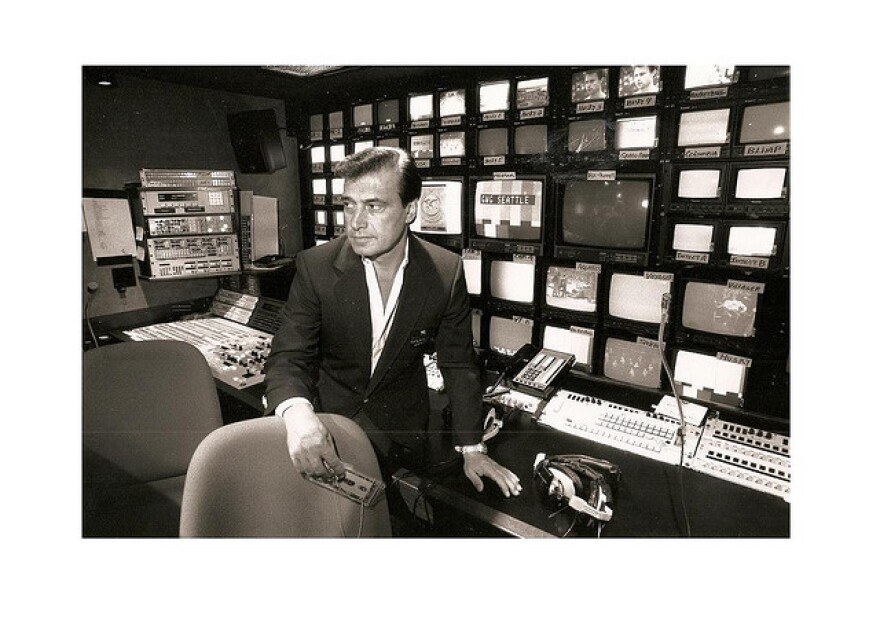
Instant replay, first used in 1963 during a football game, transformed how sports were viewed and officiated. It allowed for critical plays to be reviewed, ensuring accuracy in officiating. Instant replay has since evolved, with technologies like VAR (Video Assistant Referee) in football and Hawk-Eye in cricket and tennis, further enhancing the role of technology in sports.
Full Body Swimsuit (2000)
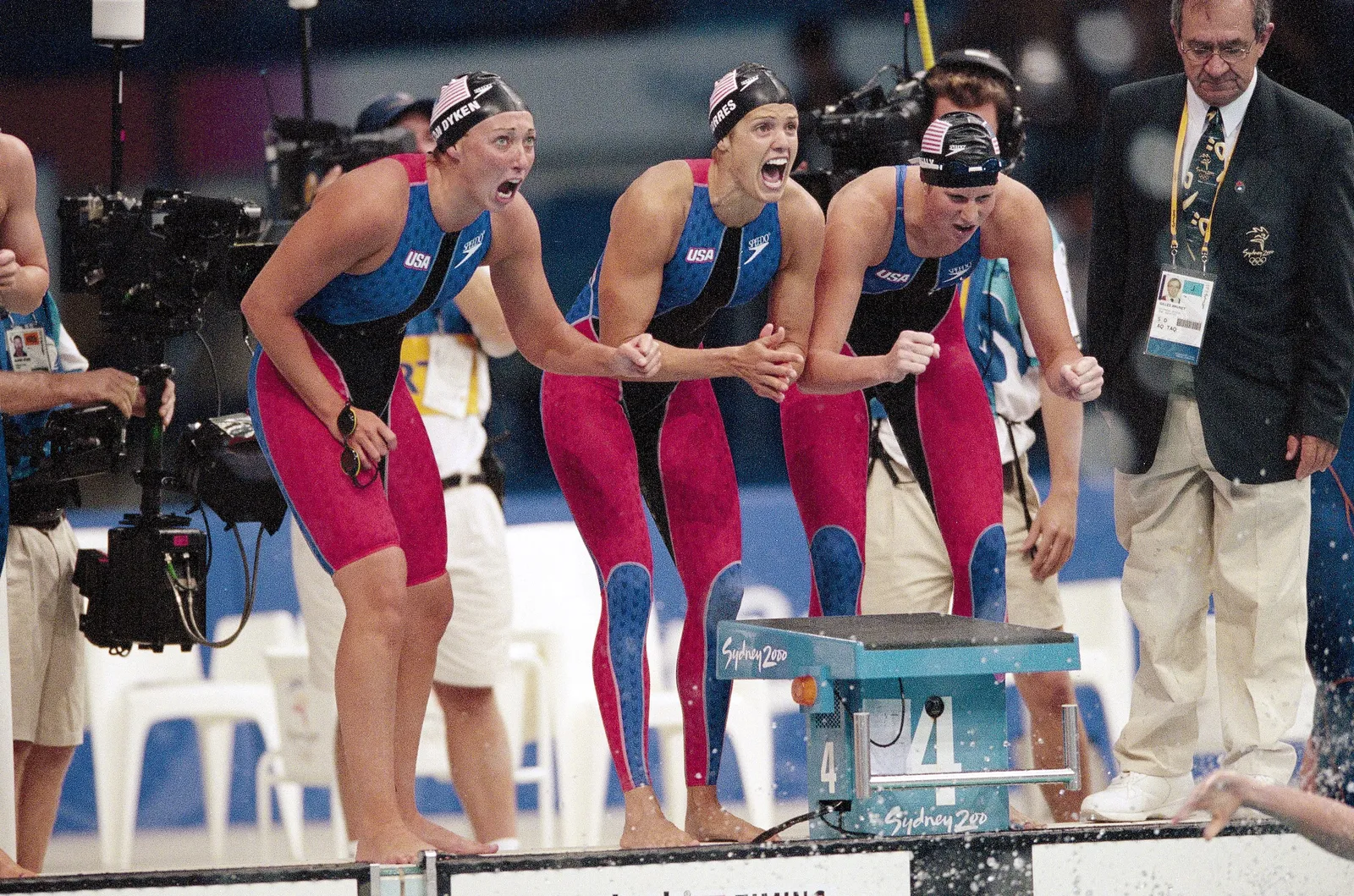
The full-body swimsuit, introduced in 2000, was a technological innovation that drastically improved swimming performance. The suit, made from a fabric that reduced drag, allowed swimmers to swim faster. However, it was later banned due to concerns over the fairness of the sport.
RFID in Marathon (2004)

The use of Radio Frequency Identification (RFID) chips in marathon running in 2004 was a significant technological advancement. These chips, attached to runners' shoes, accurately tracked their time and distance, providing real-time data to both the runners and spectators.
Hawk-Eye Technology (2006)
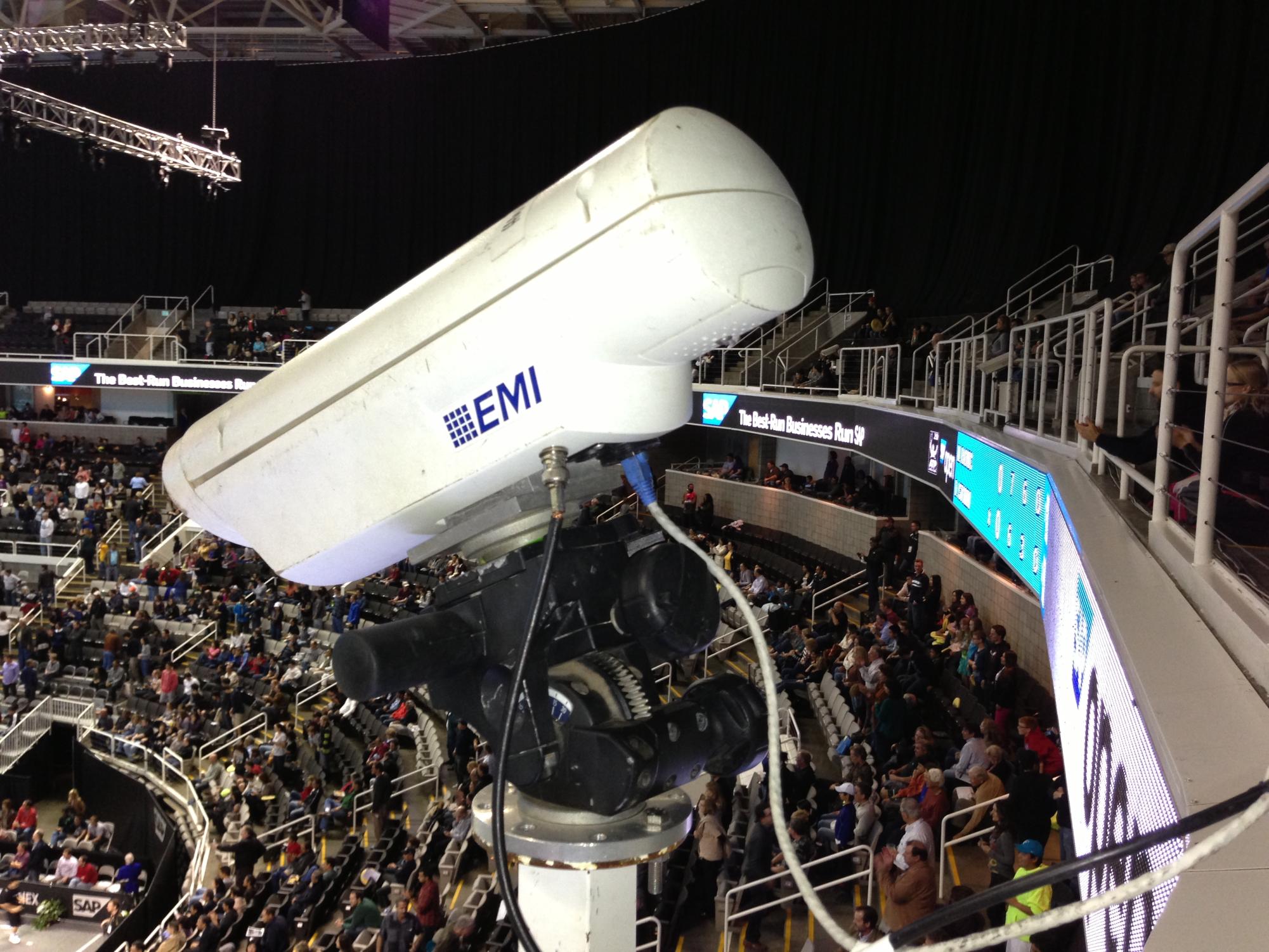
Hawk-Eye technology, introduced in 2006, uses high-speed cameras to track the trajectory of balls in sports like cricket and tennis. This technology provides accurate data on whether a ball is in or out, aiding umpires in making fair decisions.
Prosthetics in Paralympics (2008)
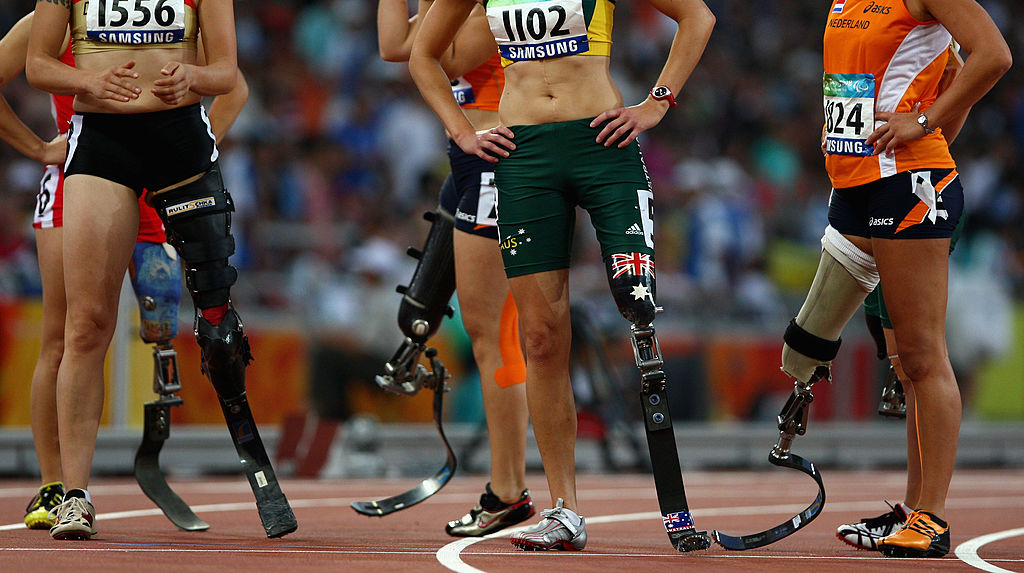
The use of advanced prosthetics in the 2008 Paralympics marked a significant milestone in sports technology. These prosthetics, designed to mimic the function of a natural limb, allowed paralympic athletes to compete at high levels, challenging the perception of disability in sports.
Goal-Line Technology (2012)

Goal-line technology was introduced in football in 2012 to determine whether a ball has crossed the goal line. This technology has eliminated controversies surrounding goal decisions, ensuring fairness in the sport.
Wearable Technology (2014)

The advent of wearable technology in 2014 has revolutionized how athletes train and perform. Devices like fitness trackers and smartwatches provide athletes with valuable data about their health and performance, enabling them to optimize their training routines.
Virtual Reality Training (2016)
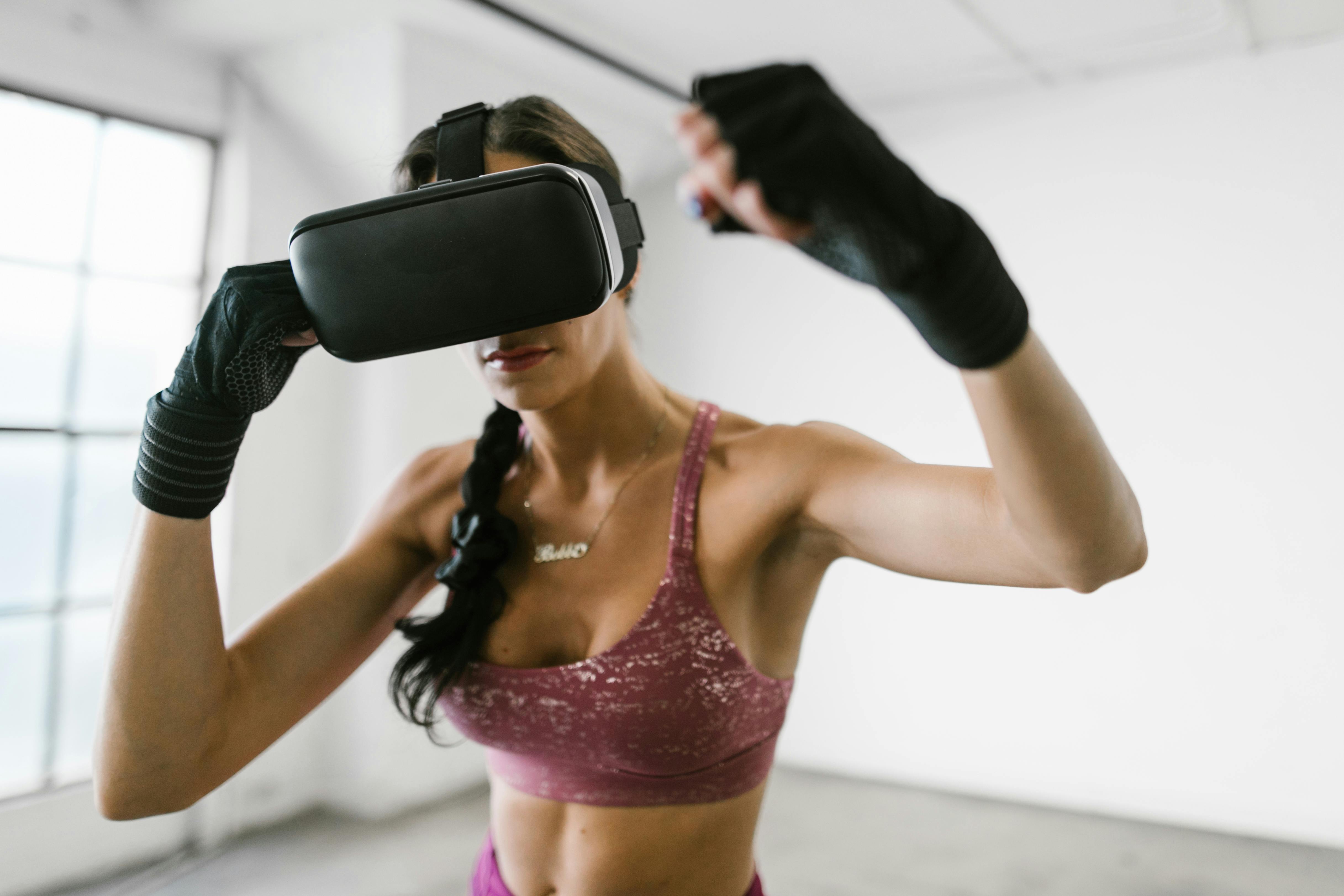
Virtual reality (VR) training, introduced in 2016, has transformed how athletes prepare for competitions. This technology allows athletes to simulate real game situations, enhancing their skills and decision-making abilities.
3D Printed Shoes (2017)

The introduction of 3D printed shoes in 2017 marked a significant advancement in sports equipment. These shoes, customized to fit an athlete's foot perfectly, enhance performance and reduce the risk of injuries.
Video Assistant Referee (VAR) (2018)
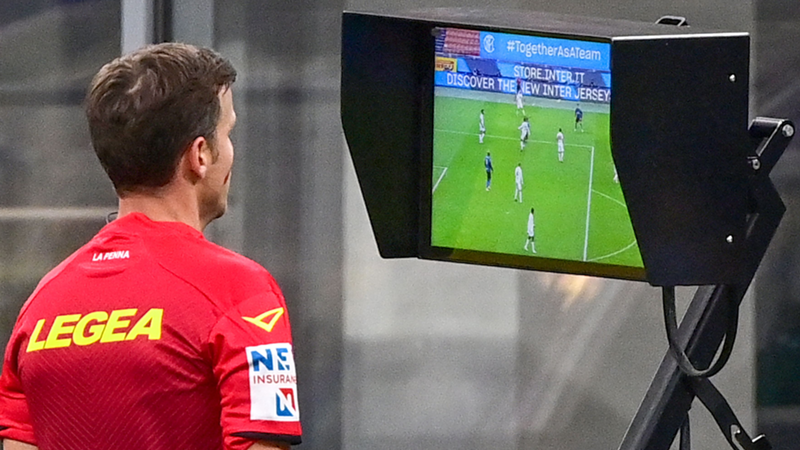
The introduction of VAR in 2018 brought a new level of accuracy to football officiating. This technology allows referees to review decisions made during a game, ensuring fairness and accuracy.
Drone Racing (2019)
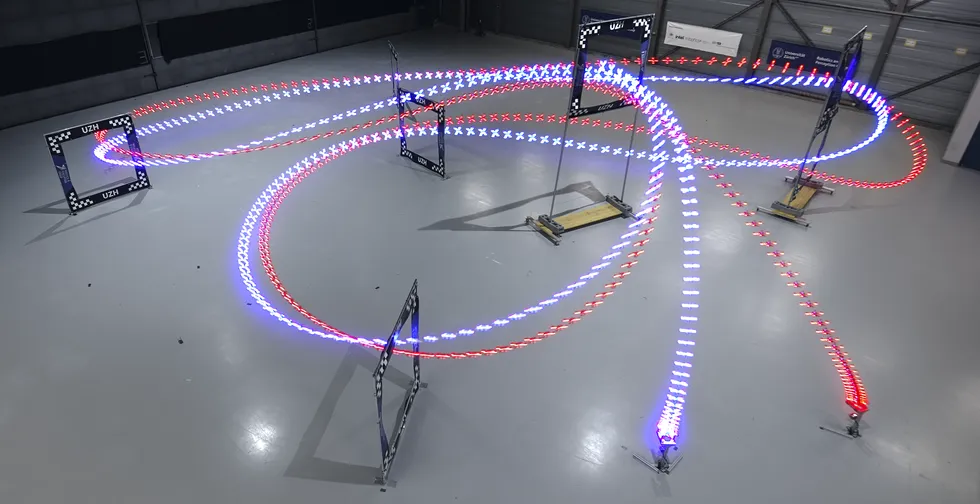
Drone racing, introduced in 2019, is a new sport that combines the physical world with the virtual one. Pilots use VR goggles to navigate drones through a course, showcasing the potential of technology in creating new sports.
AI in Sports Analytics (2020)
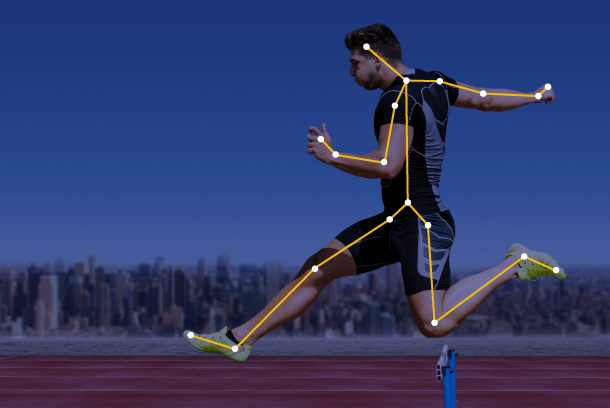
The use of artificial intelligence (AI) in sports analytics is a recent development. AI can analyze vast amounts of data to provide insights into player performance and tactics, aiding coaches and teams in making strategic decisions.
Future of Technology in Sports
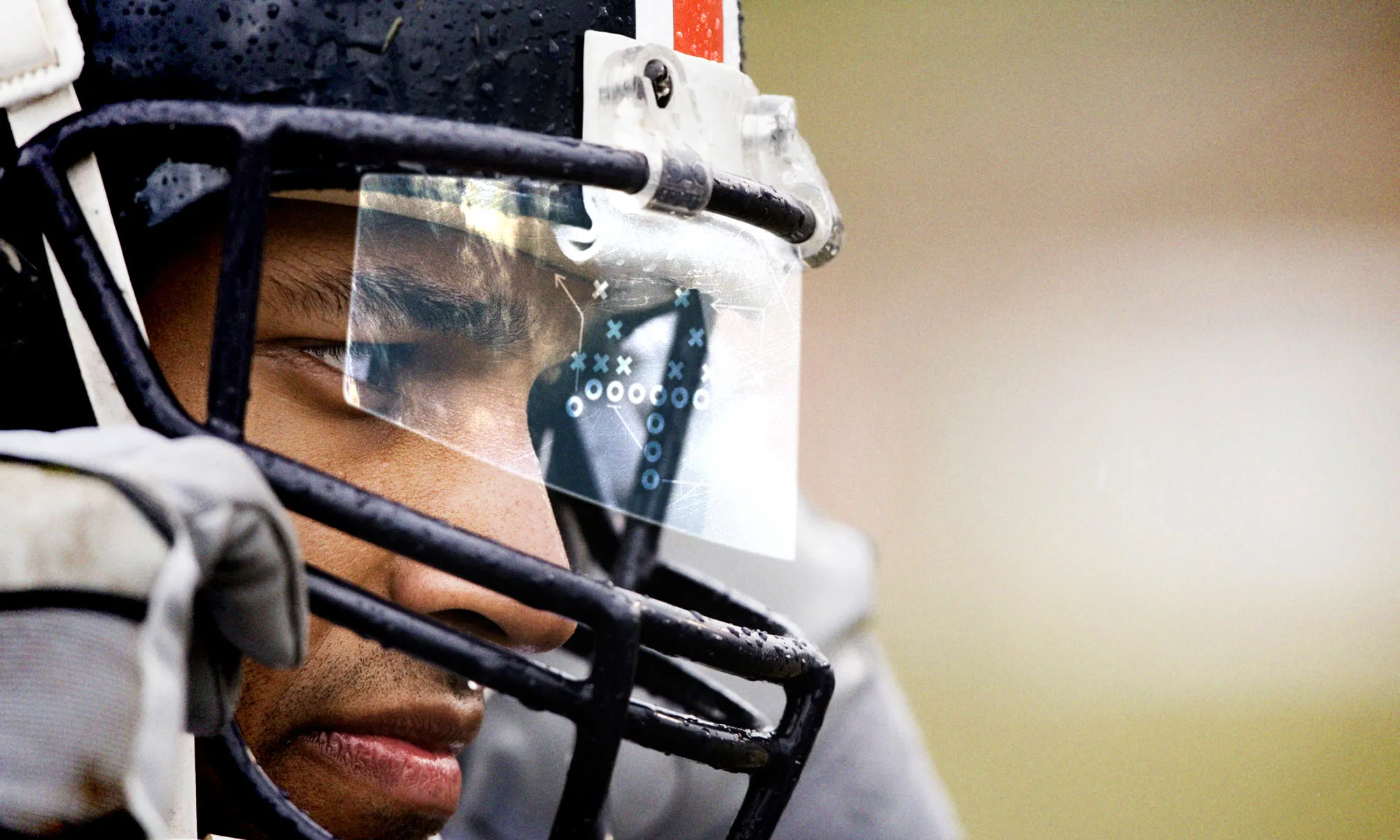
The future of technology in sports looks promising, with advancements like smart stadiums and biometric wearables on the horizon. These technologies will further enhance the sports experience for athletes and spectators, marking the next chapter in the athletic arc.
Technology has drastically transformed sports, from the invention of the stopwatch to the use of AI in sports analytics. As we look to the future, it is clear that technology will continue to play a pivotal role in shaping the athletic arc, pushing the boundaries of what is possible in sports.



